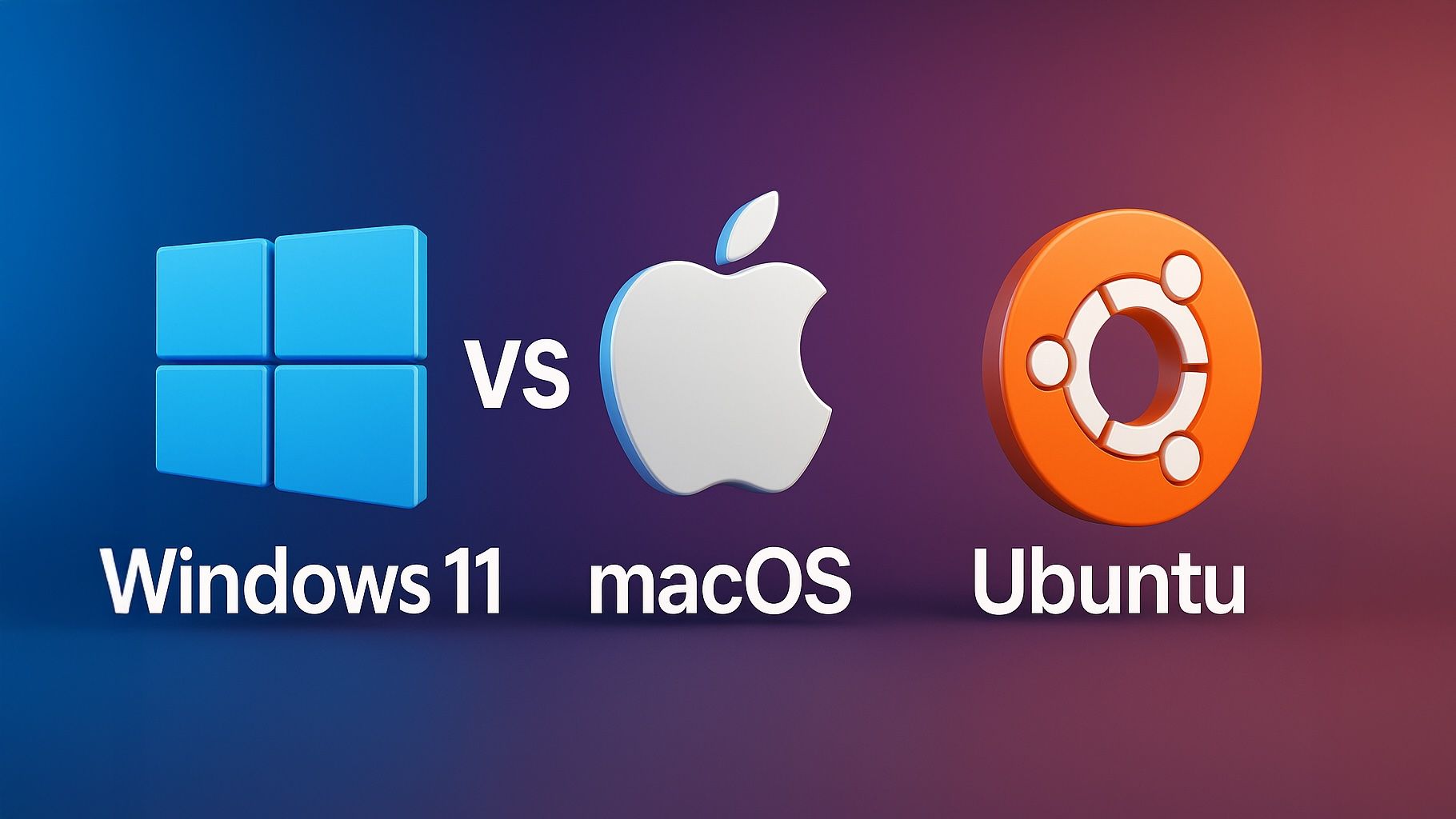
macOS Tahoe 26: Apple’s Game-Changing Mac Update Raises the Bar for Desktop OSground.newsground.news
Key Facts about macOS 14.6 “Tahoe” Update New Features and Improvements in macOS Tahoe Visual Redesign – Liquid Glass: The most immediately striking change in macOS 14.6 Tahoe is its dramatic UI overhaul. Apple has infused macOS with the same

